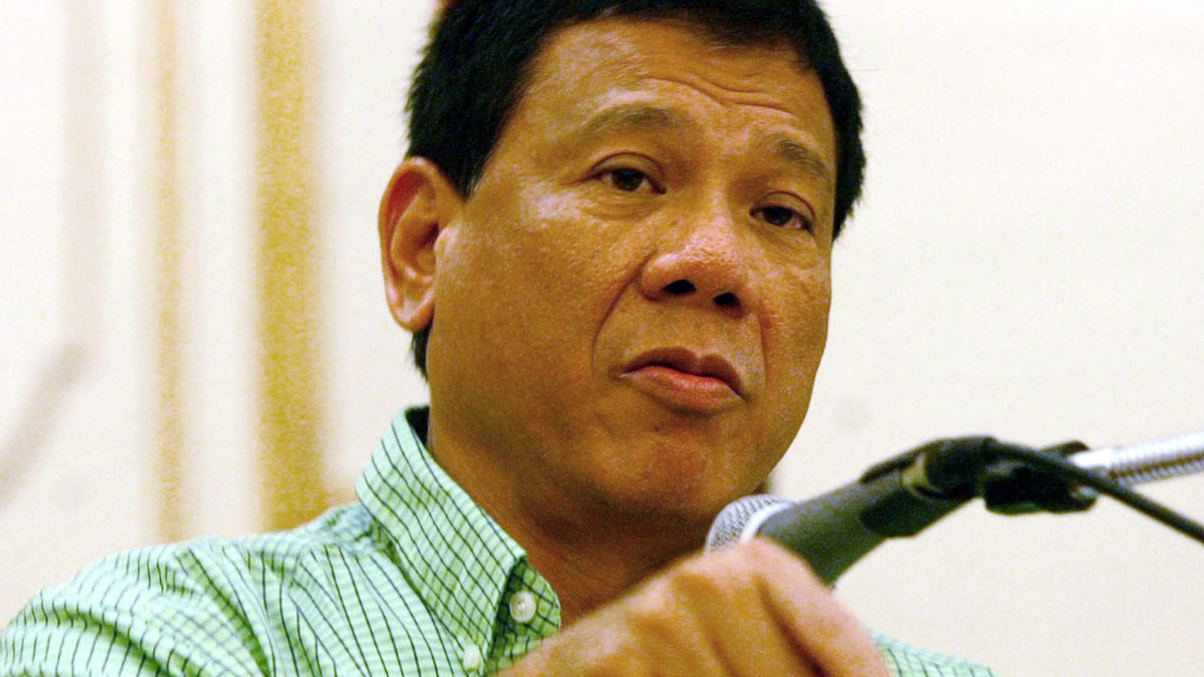Will Duterte improve the Philippine funds industry?
Asset managers are hoping to see changes under new president Rodrigo Duterte that will boost take-up of investment products. But this does not look to be an immediate government priority.

The Philippine investment funds industry is lagging that of other Southeast Asian markets, with a low product penetration rate, limited range of funds and product structures not aligned with global standards. Can it expect dramatic improvements now that a new government has been elected?
Sign in to read on!
Registered users get 2 free articles in 30 days.
Subscribers have full unlimited access to AsianInvestor
Not signed up? New users get 2 free articles per month, plus a 7-day unlimited free trial.
¬ Haymarket Media Limited. All rights reserved.


